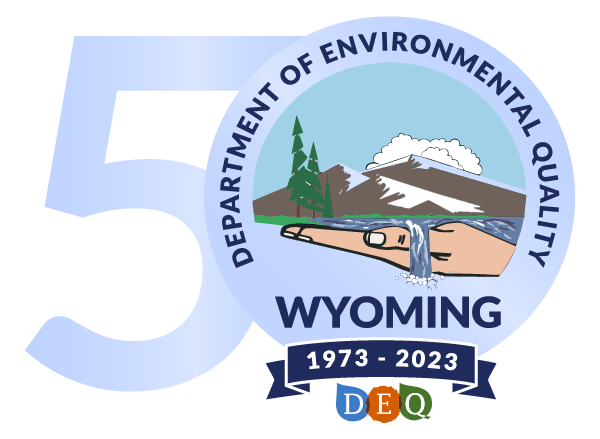PINEDALE – The 2021 Winter Ozone Season in the Upper Green River Basin (UGRB) concluded March 31 after another year of collaborative partnership in planning and implementing strategies to address the potential formation of winter ozone.
Ground-level ozone is a harmful air pollutant that forms when precursor pollution emissions react chemically in the sunlight. Winter ozone formation in the UGRB is uniquely influenced by adequate amounts of precursor emissions, snow cover, temperature inversions, low winds and sunlight.
As in previous years, the Wyoming Department of Environmental Quality’s (WDEQ) Air Quality Division (AQD) worked with the Wyoming Department of Health, industrial operators, environmental groups and the general public in evaluating, monitoring and communicating information about the potential for elevated ozone formation.
The AQD’s two dedicated meteorologists assessed weather models and forecasted every day during the season to determine if meteorological conditions favored potential elevated ozone formation.
This Winter Ozone Season, there were no Ozone Action Days or Ozone Outlooks issued by the AQD’s Ozone Team indicating the possibility of meteorological conditions that could favor elevated ozone formation.
Snow depth is one meteorological condition that is considered in forecasting for elevated ozone. The UGRB snowpack was low-to-moderate for the 2021 Winter Ozone Season.
The AQD’s Monitoring Section monitored air quality conditions at long-term and seasonal locations throughout the UGRB and determined that ozone levels remained below the national ambient air quality standards (NAAQS) throughout the 2021 Winter Ozone Season.
“I am pleased with all of the work that our AQD staff undertook during this Winter Ozone Season and the continued dialogues and communication with all of our stakeholders,” AQD Administrator Nancy Vehr said.
“Addressing winter ozone in the UGRB is always a collaborative effort.”
Although Winter Ozone Season has concluded, the general public can still access near-real-time monitoring conditions not just in the UGRB, but statewide, by visiting WyVisNet (www.wyvisnet.com).
